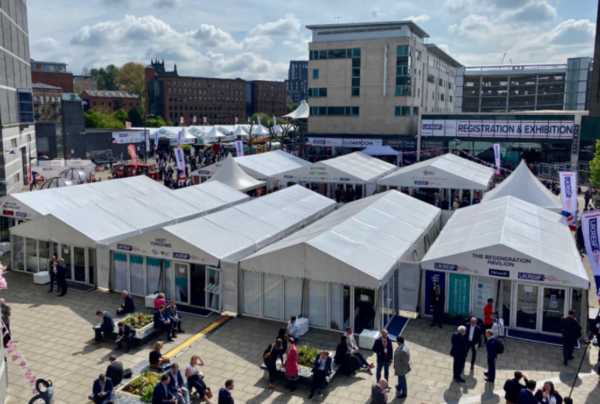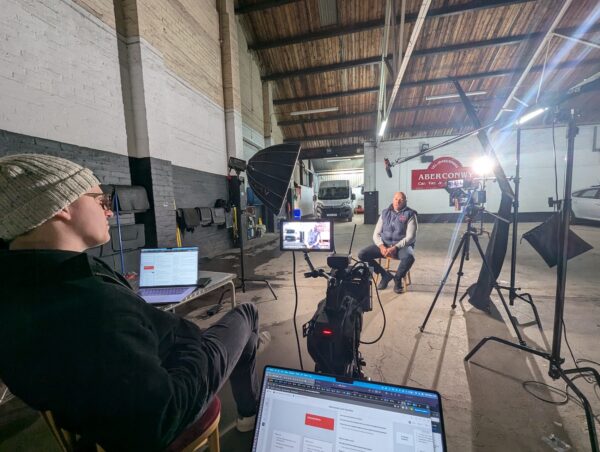Latest News | 26 January 2023
How culture can frame our future ambitions
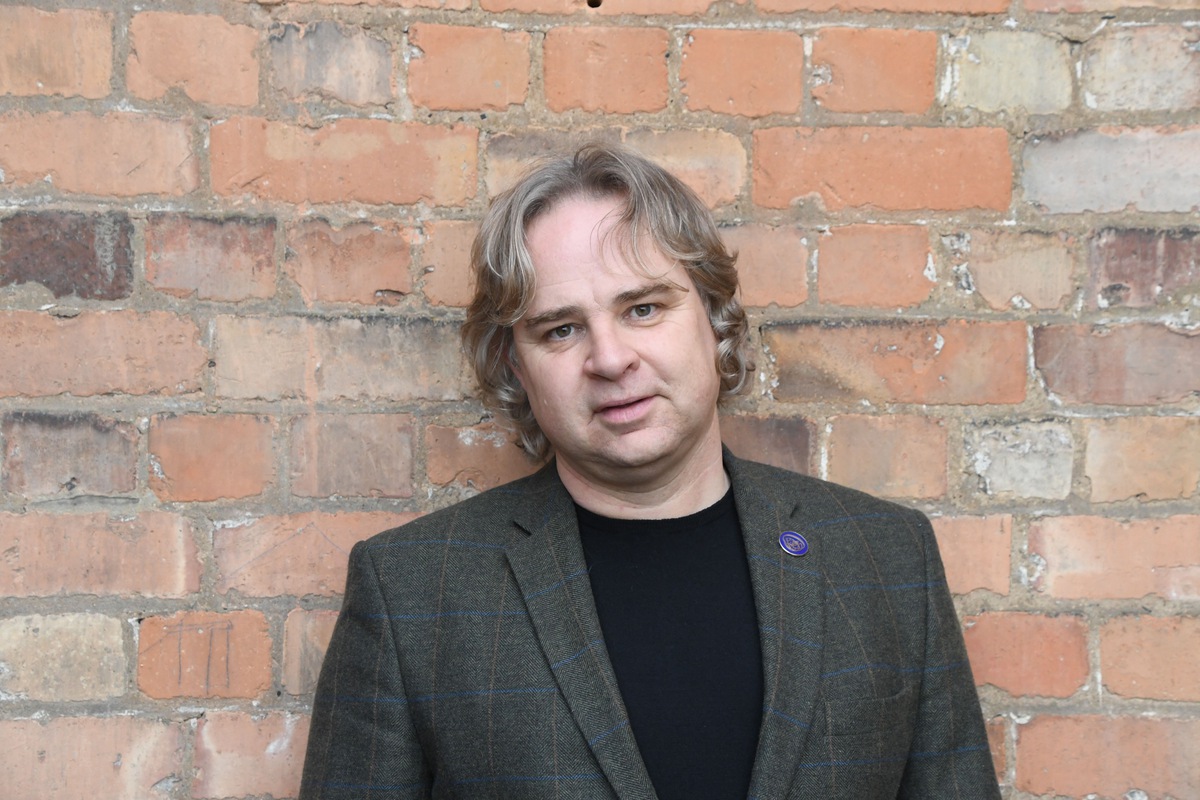
It’s going to be a busy year for Derby Museums, as it prepares to stage one of its most ambitious exhibitions to date. Here, we catch up with Tony Butler, executive director at Derby Museums, who, as well as reflecting on the past year, looks ahead at what we can expect in 2023.
Q. Could you tell us a little bit about yourself and Derby Museums?
A. Derby Museums was established as an independent charity in 2021. It manages three museums and the city’s collections of cultural heritage. Over the last decade it has transformed the way cultural heritage is presented and appreciated in the city.
Derby has unique cultural assets. It has the finest collection of work by Joseph Wright of Derby, the 18th Century artist of the Enlightenment and is ‘Designated’ by Arts Council England as a collection of national significance.

Derby’s identity was 300 years in the making, and the Enlightenment spirit of creativity and invention resonates today.
The heritage of the city is used to frame ambitions for the future, both as one of the UK’s top hi-tech cities and a principal centre for manufacturing and sustainable engineering.
For the first time in over a decade, all three of Derby’s Museums are fully open to the public.
Following an £18 million redevelopment, the Museum of Making was opened in May 2021.
In its first year it has welcomed over 100,000 visitors. It was also a finalist in the art funds Museum of the year prize 2022.
Situated at Derby Silk Mill, part of the Derwent Valley Mills UNESCO World Heritage Site, this ground-breaking museum is recognised as a centre for innovation and public participation and will be a key driver of Derby’s visitor economy.
Q. Looking back over the past 12 months or so, what would you say have been the highlights?
A. When we opened the Museum of Making in 2021, we spoke of the need to maintain ambition in developing our work. We’ve deepened relationships with business partners such as Rolls-Royce who sponsor our Institute of STEAM learning programme and IMI who sponsor the Midlands Maker Challenge.
Both these programmes focus on inspiring young people’s skills and creativity – vital facets for the future workforce.
I’m really pleased that the commercial elements of the museum began to flourish last year. At a time of steep decline in public funding, we have to generate more of our own income through corporate functions, hires and retail. Its pleasing to see that the Museum of Making has become a venue of choice for businesses and the community.

From a cultural perspective, the acquisition of the self portrait of Joseph Wright of Derby at about forty was a triumph.
Funding from the National Heritage Memorial Fund, the Art Fund and local donors raised over £2.7 million to bring it to Derby.
On the reverse of the canvas is an early study of his famous ‘Experiment on a Bird in the Air Pump’ (which is in the National Gallery in London).
We’re showing both sides of the painting in the Museum and Art Gallery.
Visitors can come face-to-face with Wright and look into the eyes of the artist.
I also really enjoyed last year’s summer show at the museum, which explored the culture and legacy of the Derby West Indian Community Association. There were many proud stories told by the elders of the Windrush and the two generations which came after.

Q. Looking at 2023, what are you most looking forward to in terms of Derby Museums’ programme of exhibitions/activities?
A. The roof works to the Museum and Art Gallery will be finished in February and the Wright Gallery will resume its regular glory.
From March to June, we’ll host a major exhibition Hogarth’s Britons. The exhibition focuses on Hogarth’s response to the long-running threat posed by the Jacobites; in particular the Jacobite Rising of 1745, which is important in both the history of our city and nationally.
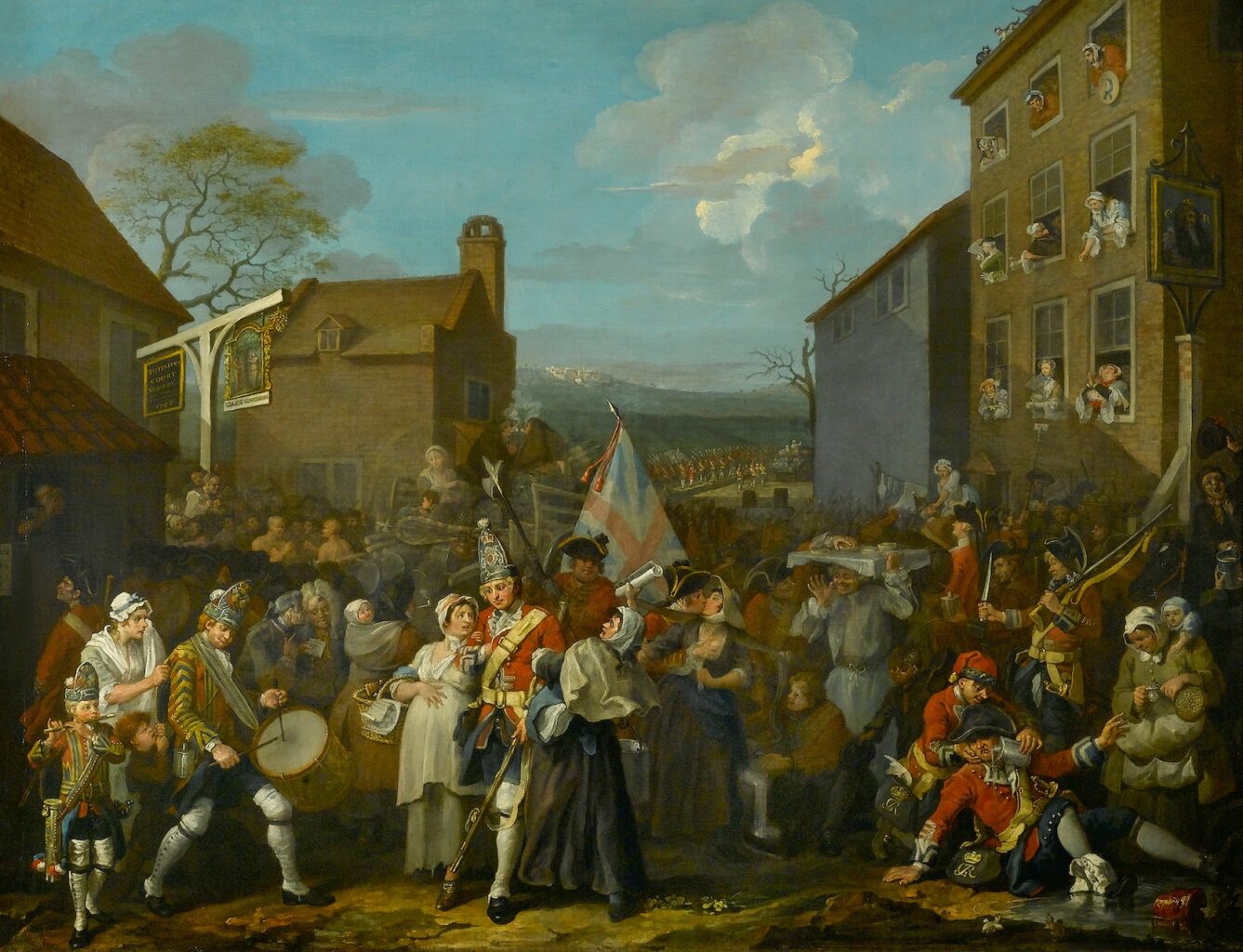
It was a time of turmoil for Britain. As the prince and his army occupied Derby, guardsmen were assembling on the northern edge of London in preparation to defend the king and capital.
In total, the exhibition will feature around 60 objects loaned from 13 collections, including loans from the National Portrait Gallery, The Foundling Museum, Tate Britain, V&A and National Galleries of Scotland.
This is the most ambitious exhibition we’ve put on since the Leonardo show back in 2019. That attracted over 45,000 visitors during its 10-week run and had a palpable effect in increasing footfall in the Cathedral Quarter.
Q. Do you feel that the city is generally supportive of Derby Museums and its importance to the economy in terms of visitor spend?
A. The city has drawn on its heritage to frame its ambitions for the future.
Beginning with the opening of the world’s first factory at Silk Mill in 1721, Derby has a 300 year-old story of innovation and creativity.
That legacy is used to market the city as a place to invest and to set up businesses.
I have seen countless publications and prospectuses using Joseph Wright’s Orrery to promote the city!
That interest is reflected in the number of businesses who have directly supported and sponsored programmes and exhibitions. This was especially evident in the support given to the Derby Ram Trail during 2021.
We have worked hard to build support among individual giver, many of whom are outside the city.
There is evidence that a flourishing cultural scene can make a principal contribution to a city’s visitor economy.
The new Museum of Making contributes over £4 million a year to the city’s GVA, and, as an organisation, Derby Museums has directly created 30 new jobs in the last two years.

A flourishing cultural scene makes people want to move here and businesses set up shop.
To maintain these ambitions, we need a stable and manageable level of funding from the city council.
In cash terms, the revenue funding to Derby Museums has been cut by over half since 2016.
Despite our best efforts to increase earned income, this can’t replace adequate levels of public investment.
We also need city leaders to be vocal and actively promote culture. At the back end of last year, I was visited by the leader and portfolio holder for culture from Stoke on Trent Council.
They are ambitious for their city and committed to a culture-led regeneration.
They want to redevelop the Potteries Museum and came here to learn from our successful experience at the Museum of Making.
In terms of council spend per head on museums, Derby is towards the bottom of the list of comparable cities.
For example, Stoke on Trent Council spends over three times as much on museums as Derby.
Q. Given the current economic climate and the cost-of-living crisis, how easy is it for cultural institutions like Derby Museums to keep going – and continue to make the majority of its offer free to the public?
A. A challenging financial position is exacerbated by high inflation, a high cost of living and energy bills, which ae likely to double or even triple in the next year.
We run seven buildings (three museums and stores). Up until now we’ve deftly managed a decline in public funding, but I fear we are running out of road.
We’ve already reduced the number of exhibitions across our three sites from 10 to five a year (changing shows encourages repeat visits and higher levels of spend in shops and cafes).
The next 24 months will be challenging for us. We’re already thinking about be devising plans to reduce expenditure and increase income and this may lead to a reduction in opening hours, closures, and the introduction of admission charges.
All of these things are an anathema to me. I believe that free museums are an essential part of a thriving civic realm, where citizens can view, explore and express pride in their local culture.
If we want cultural heritage, society has to pay for it one way or another – and through adequate levels of public funding, provide access for the public regardless of their ability to pay.
This is a challenge with my colleagues in regional museums across the country are grappling, and actually requires a national response.
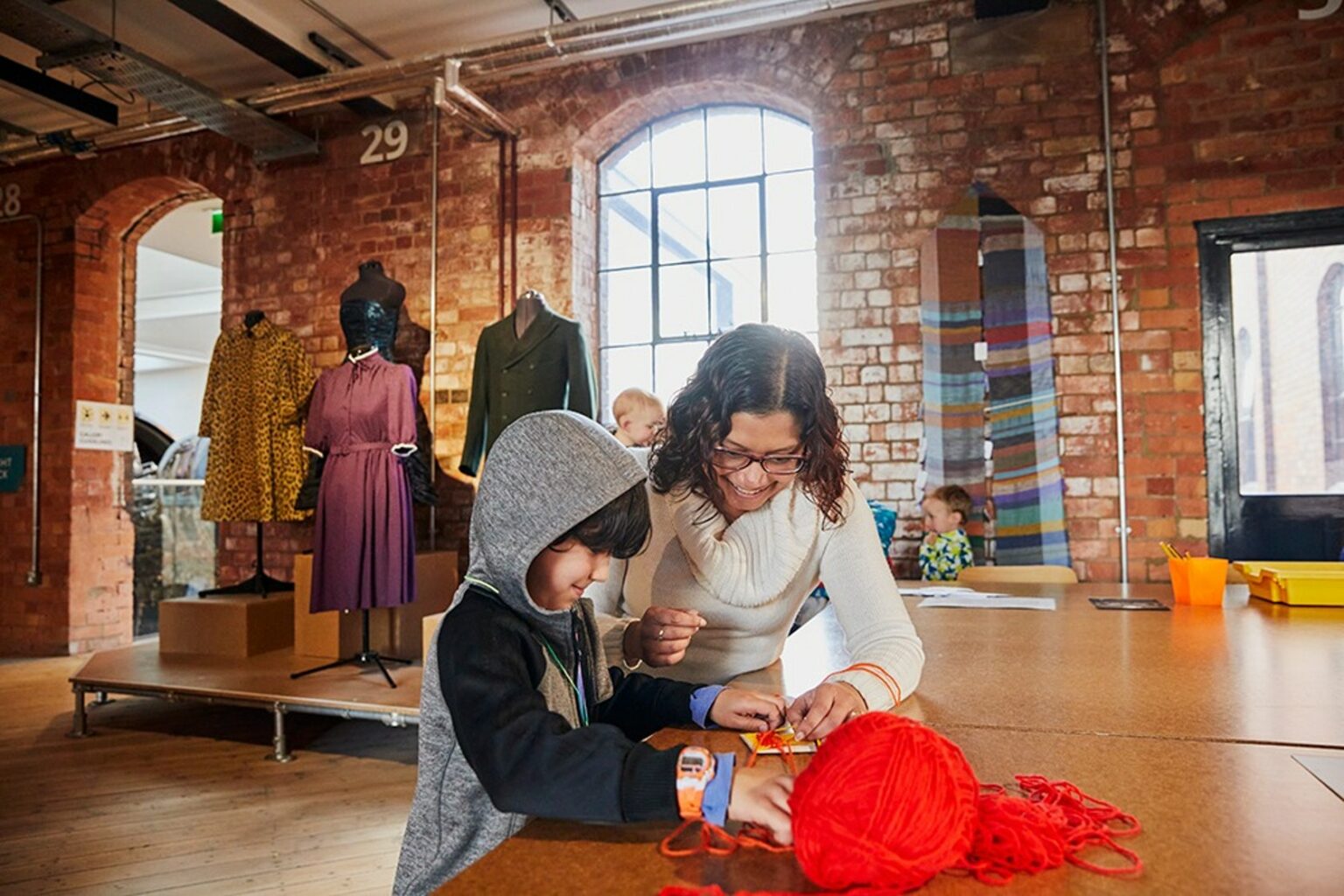
Whenever there is a proposal to bring in admission charges, I am asked: “Why should people in London get to visit national museums for free, when Derby people should pay to see their own culture?”
Q. Overall, how would you rate the health of Derby’s cultural scene – and do you think there is more room for joined up thinking between our cultural organisations to boost the city’s offer?
A. Cultural organisations work well together in Derby. Derby Museums is one of many collaborators with QUAD for the FORMAT photography festival and Feste, Derby’s annual festival of outdoor performance, which is run by Deda with support from Derby Theatre and QUAD.
Initiatives such as the Derby Theatre-led Derby CAN (Creative Arts Network) and cultural education partnership are great examples of organisations working closely together to increase public participation.
There’s a lack of studio and display space for local artists and makers. There were intentions to encourage landlords in city centre to make their unoccupied premises available as ‘make and trade’ spaces.
There is no mid-sized music venue for up and coming and established acts.
The city needs a scene which provides both a destination for cultural visitors and space and activities for emerging artists to live and develop their work.
Successful cultural cities have both these things.
The pandemic accelerated change in city centres. There were many empty shops in the city centre prior to 2020.
It was refreshing to hear city leaders and businesses talk about culture as a means to reignite the city centre.
The council’s city centre Ambition Document is really encouraging, putting culture at the heart of the rebirth of Derby.
However, we need a strong organisational infrastructure to build this around.
While the Museum of Making has been a success and raised the profile of the city, the redevelopment of the Assembly Rooms is urgent, and the Guildhall remains shabby.
January’s announcement of £20 million of Levelling Up funding for the Assembly Rooms is terrific and will get the project moving.
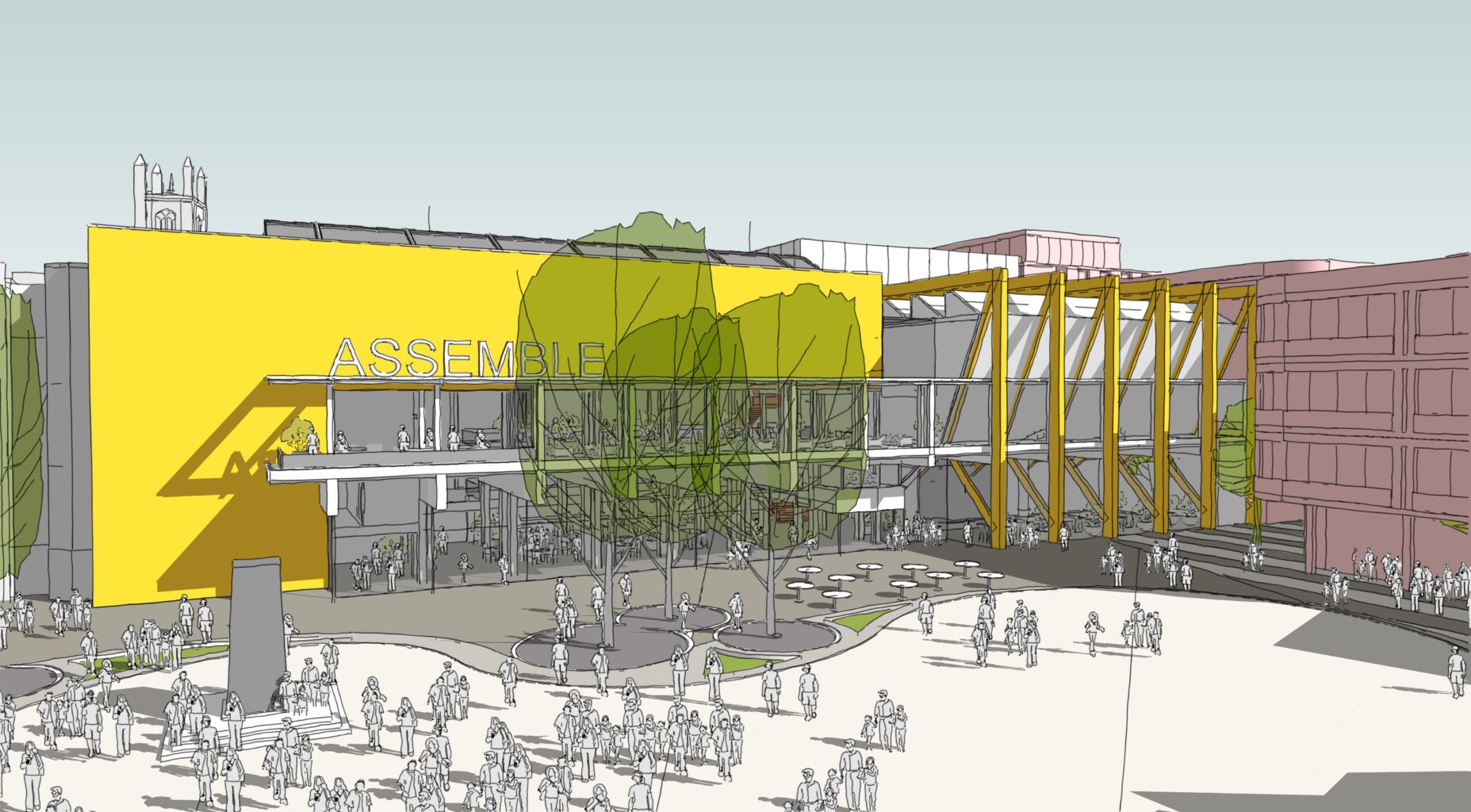
Obviously, culture is not just about bricks and mortar, and we want more people to learn and participate in arts and heritage.
However, you can’t inspire the public to be the makers and thinkers of the future if you don’t have excellent cultural assets.
Q. Since it opened, the Museum of Making has won widespread acclaim – not to mention awards. Has its success exceeded your expectations?
A. It’s been the first full year of operations at the Museum of Making and we welcomed over 100,000 visitors.
The museum has won a number of architectural and construction awards and was recognised as one of the most family-friendly museums in the UK. It was also a finalist in the prestigious Museum of the Year Award.
We always felt that the process of building the museum with the community would mean we’d end up with something that speaks to Derby and captures people’s interest.
Whether it’s the opportunity to make in our workshop or to lose yourself in the 30,000 objects in the Assemblage, the museum really does represent the soul of our city.
Q. Derby fell at the final hurdle in terms of the City of Culture 2025 bid – but did well to make the final shortlist. What legacy has that bid left and how confident are you of the city’s chances as it looks to bid for 2029?
A. The City of Culture bid showed there is widespread appetite and interest in culture, from grassroots organisations and neighbourhoods, right up to the city’s SMEs and major companies.
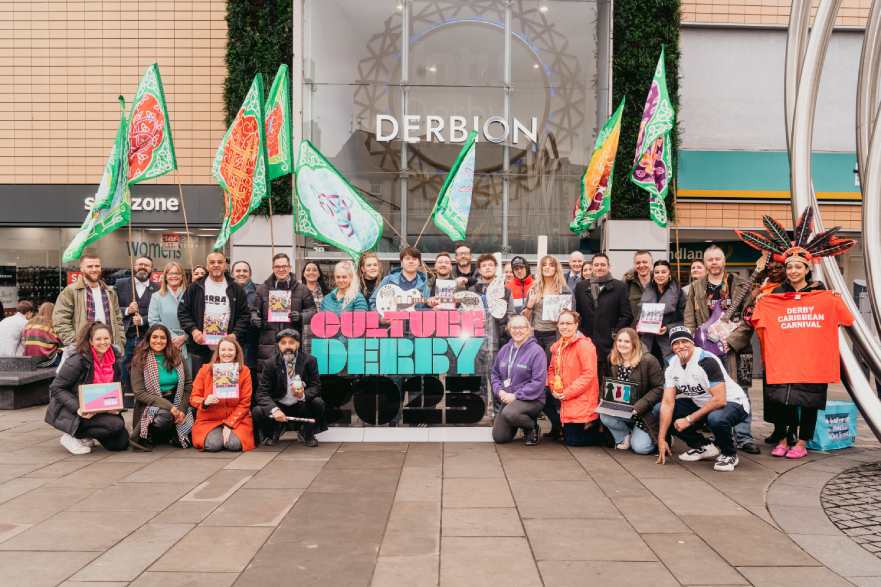
While Derby did well to reach the long list, those cities who made the final shortlist, such as Southampton and Bradford, had spent several years putting their bids together and bringing together public and private partners.
Enthusiasm alone is not enough and there needs to be financial commitment from the council, the university and business to build a team and to define some signature projects to build a bid around.
The city will benefit even if ultimately Derby is not a winner in 2029.
Over the years, unsuccessful cities such as Southampton, Stoke and Sunderland, have decided to commit to some of their ambitious programmes, albeit in a scaled back way.
It has also given elected councillors the confidence to talk about the value of culture and both Abi Brown (leader of Stoke on Trent Council) and Satvir Kaur (leader of Southampton City Council) have been wonderful advocates.
Q. Derby Museums has a team of enthusiastic volunteers. How important are they to your operation?
A. Nearly 1,500 volunteers were involved in the making of the Museum of Making.
Our dedicated group of volunteers are vital to the health of Derby Museums.
They are involved with all sorts of activity, from supporting visitors, research into the museum collections and helping with our learning programme.
Volunteering supports the city’s cultural heritage, and it also improves participants well-being, giving them a chance to learn new skills and make new friends.
Q. Going forward, are there any goals, both short and long term, that Derby Museums wants to achieve?
A. We’ve some ambitious plans for the future. Last year we commissioned architects to develop plans for the redevelopment of the Museum and Art and Gallery, which would integrate the old central library fully into the museum. This would increase display space by a third.
The plans also include opening up the building to more natural light, re-orientating the entrance from the Wardwick through Museum Square and increasing the size of display space for the Joseph Wright collection.
Over the next few years, we’ll be building support for the project and courting funders!
In the meantime, we have to keep audiences coming back for more, which means high quality exhibitions like this year’s Hogarth show and a varied array of family activities.
In future we have to continue to operate on multiple levels to keep up with rival cities.
We must have ambitions to redevelop our buildings, we must keep developing the collections to enhance people’s understanding of Derby’s history, and we must put on a varied selection of exhibitions and events.
We must also continue to offer the highest standards of food, drink and venue hire.
Alongside this remains a commitment to involve the public in as many areas of our work as possible – public participation remains one of our strongest values.
